Nestle loses KitKat trademark battle
High Court ruling follows a series of long-running legal battles with Cadbury
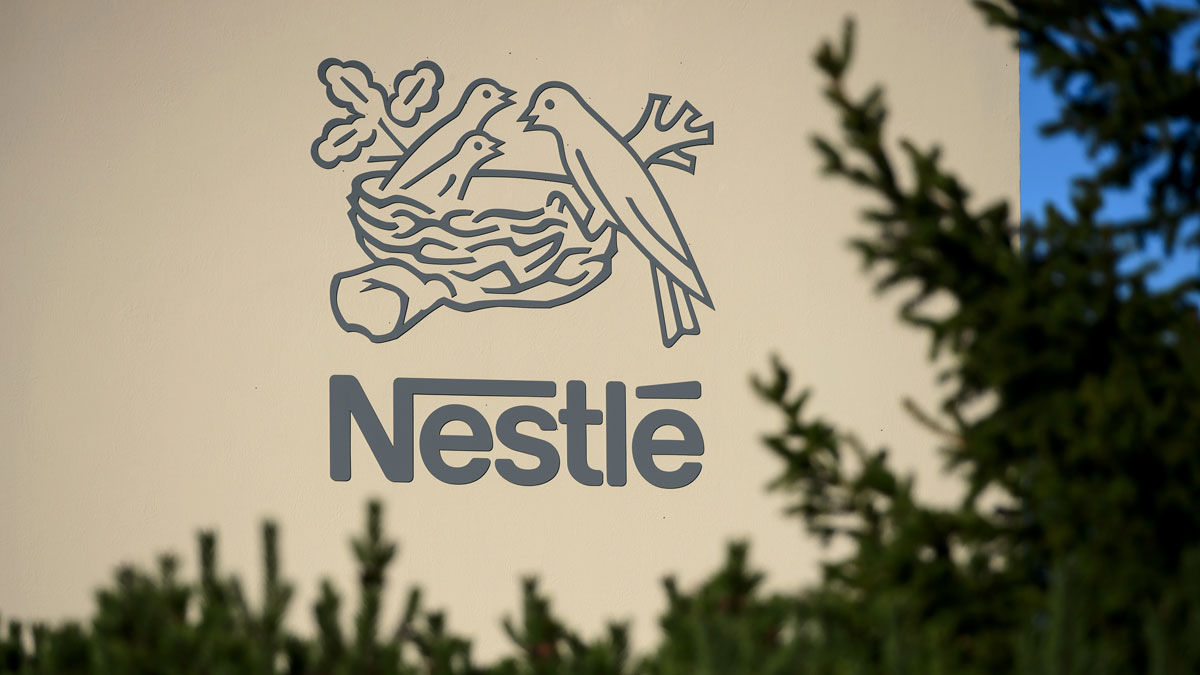
Nestle's attempt to trademark the shape of the KitKat has been thrown out by the High Court in a decision that could open the door for copycat products.
The ruling marks the culmination of a series of increasingly acrimonious legal battles between the confectionary giant and arch-rivals Cadbury. In 2010, Nestle blocked an attempt by Cadbury to trademark the shade of purple used in its Dairy Milk wrappers, while the latest battle, triggered by Nestle's efforts to patent the four-finger format of the KitKat, has been raging for five years.
The European Court of Justice ruled last year that the shape of KitKat was not distinct enough to merit a trademark under European law. The High Court has, as expected, formalised that verdict.
The Week
Escape your echo chamber. Get the facts behind the news, plus analysis from multiple perspectives.

Sign up for The Week's Free Newsletters
From our morning news briefing to a weekly Good News Newsletter, get the best of The Week delivered directly to your inbox.
From our morning news briefing to a weekly Good News Newsletter, get the best of The Week delivered directly to your inbox.
This might not be the end of the matter, as Nestle has indicated it will seek to appeal the verdict. But in the meantime, rival companies are free to launch their own versions of the product.
"KitKat is much-loved and the iconic shape of the four-finger bar, which has been used in the UK for more than 80 years, is well known by consumers," the company said in a statement.
Nestle acquired KitKat in 1998, from British company Rowntree, which had produced what would become the UK's most popular chocolate bar since 1935, when it was known as the Chocolate Crisp.
A similar chocolate bar already exists - the Norwegian snack Kvikk Lunsj ("Quick Lunch") has been around since 1937, two years less, and is sold in a small number of shops in the UK.
A free daily email with the biggest news stories of the day – and the best features from TheWeek.com
Nestle loses KitKat battle as 'war' with Cadbury rolls on
17 September
"Which confectionery bar consists of four long wafer fingers covered in chocolate, which snap apart when pressed together?" The Guardian asked in June. "The answer," it said then, could be " any number of generic chocolate bars made by any manufacturer who wishes to do so".
This followed a verdict by the European Court of Justice that Nestle's attempt to trademark the shape and four-finger format of the KitKat did not comply with EU law – a decision that the BBC reports has now been validated in a final ruling.
"The case will now return to the UK High Court for a final decision," it reports, but the British court is expected merely to formalise the rejection. That will bring to an end a battle that has raged since Cadbury objected to Nestle's trademark application five years ago.
"The decision… could clear the way for Cadbury and others to launch copycat products," the Daily Mail says. In fact one such product already exists: a Norwegian bar named Kvikk Lunsj, or Quick Lunch, was launched two years after Rowntree first sold the Chocolate Crisp, precursor to the KitKat, in 1935. It is sold in a small number of shops in the UK.
This latest skirmish is a continuation of a long-running "chocolate war" between giants Cadbury and Nestle, after the latter successfully overturned a patent granted on the purple wrappers used for many Cadbury brands in 2013.
Nor is Nestle likely to take the defeat lying down. Sally Britton, intellectual property lawyer at Mishcon de Reya, said that Nestle would keep arguing its case, citing its ultimately successful 40-year bid to trademark the slogan "Have a Break".
-
 Cryptocurrency and the future of politics
Cryptocurrency and the future of politicsIn The Spotlight From electoral campaigns to government investments, crypto is everywhere and looks like it’s here to stay
-
 Ssh! UK libraries worth travelling for
Ssh! UK libraries worth travelling forThe Week Recommends From architectural delights to a ‘literary oasis’, these are some of the best libraries around the country
-
 A fentanyl vaccine may be on the horizon
A fentanyl vaccine may be on the horizonUnder the radar Taking a serious jab at the opioid epidemic
-
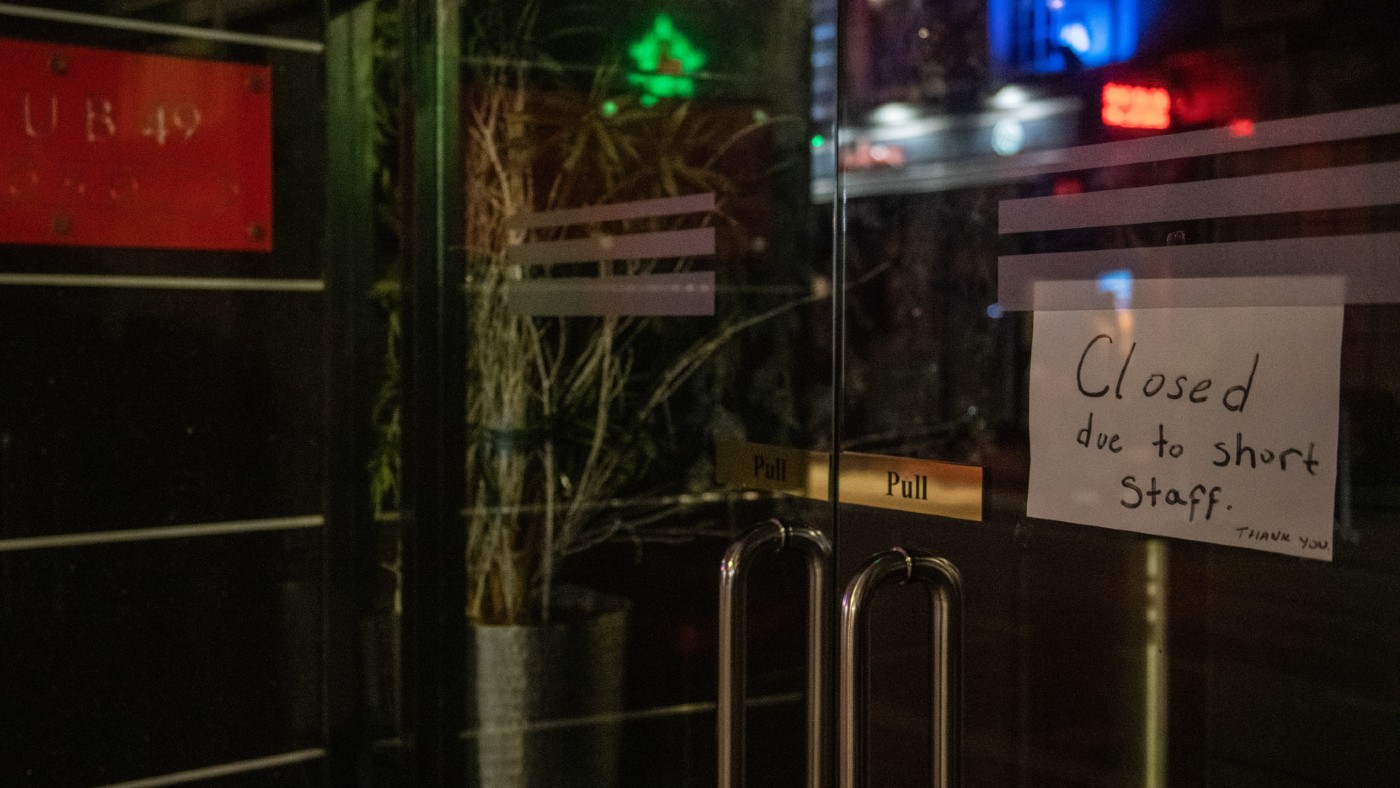 Labour shortages: the ‘most urgent problem’ facing the UK economy right now
Labour shortages: the ‘most urgent problem’ facing the UK economy right nowSpeed Read Britain is currently in the grip of an ‘employment crisis’
-
 Will the energy war hurt Europe more than Russia?
Will the energy war hurt Europe more than Russia?Speed Read European Commission proposes a total ban on Russian oil
-
 Will Elon Musk manage to take over Twitter?
Will Elon Musk manage to take over Twitter?Speed Read The world’s richest man has launched a hostile takeover bid worth $43bn
-
 Shoppers urged not to buy into dodgy Black Friday deals
Shoppers urged not to buy into dodgy Black Friday dealsSpeed Read Consumer watchdog says better prices can be had on most of the so-called bargain offers
-
 Ryanair: readying for departure from London
Ryanair: readying for departure from LondonSpeed Read Plans to delist Ryanair from the London Stock Exchange could spell ‘another blow’ to the ‘dwindling’ London market
-
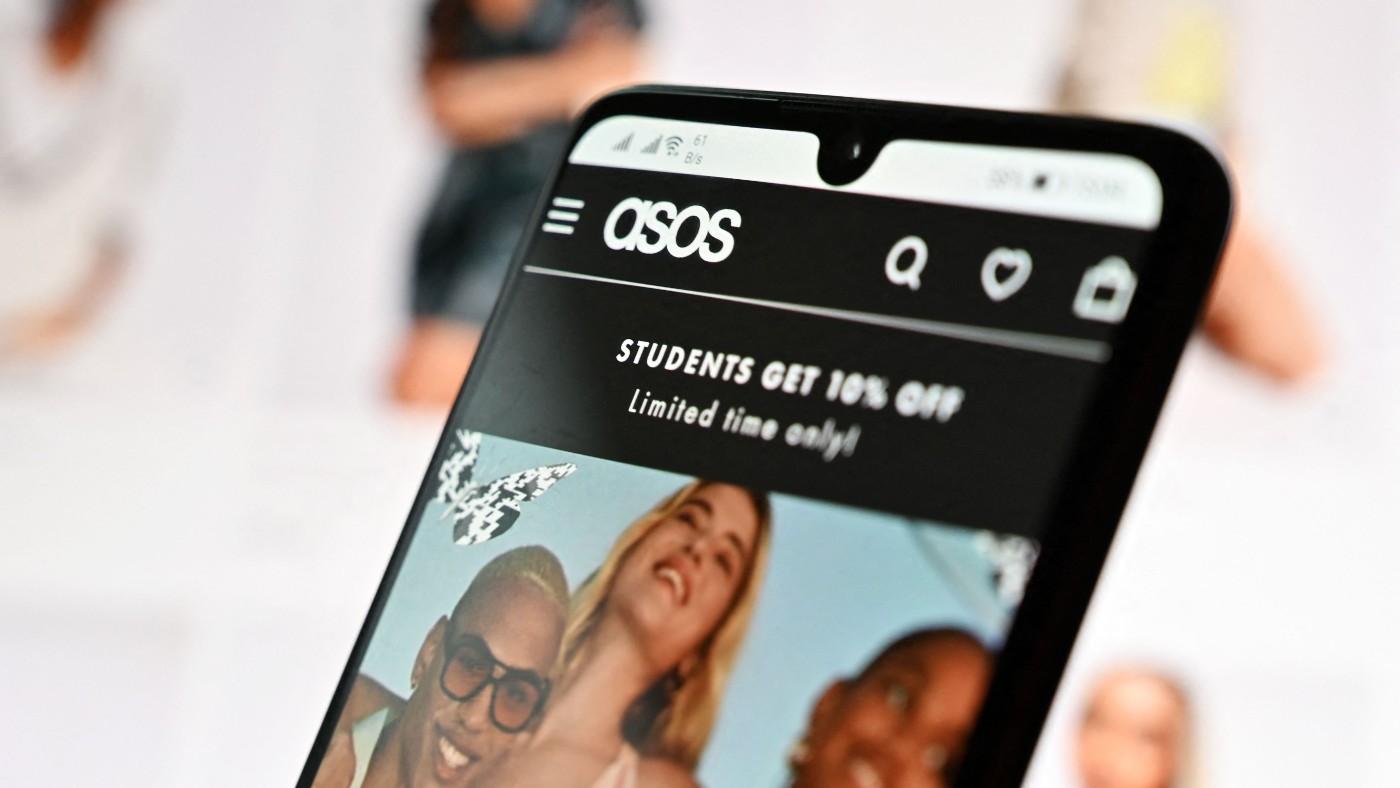 Out of fashion: Asos ‘curse’ has struck again
Out of fashion: Asos ‘curse’ has struck againSpeed Read Share price tumbles following the departure of CEO Nick Beighton
-
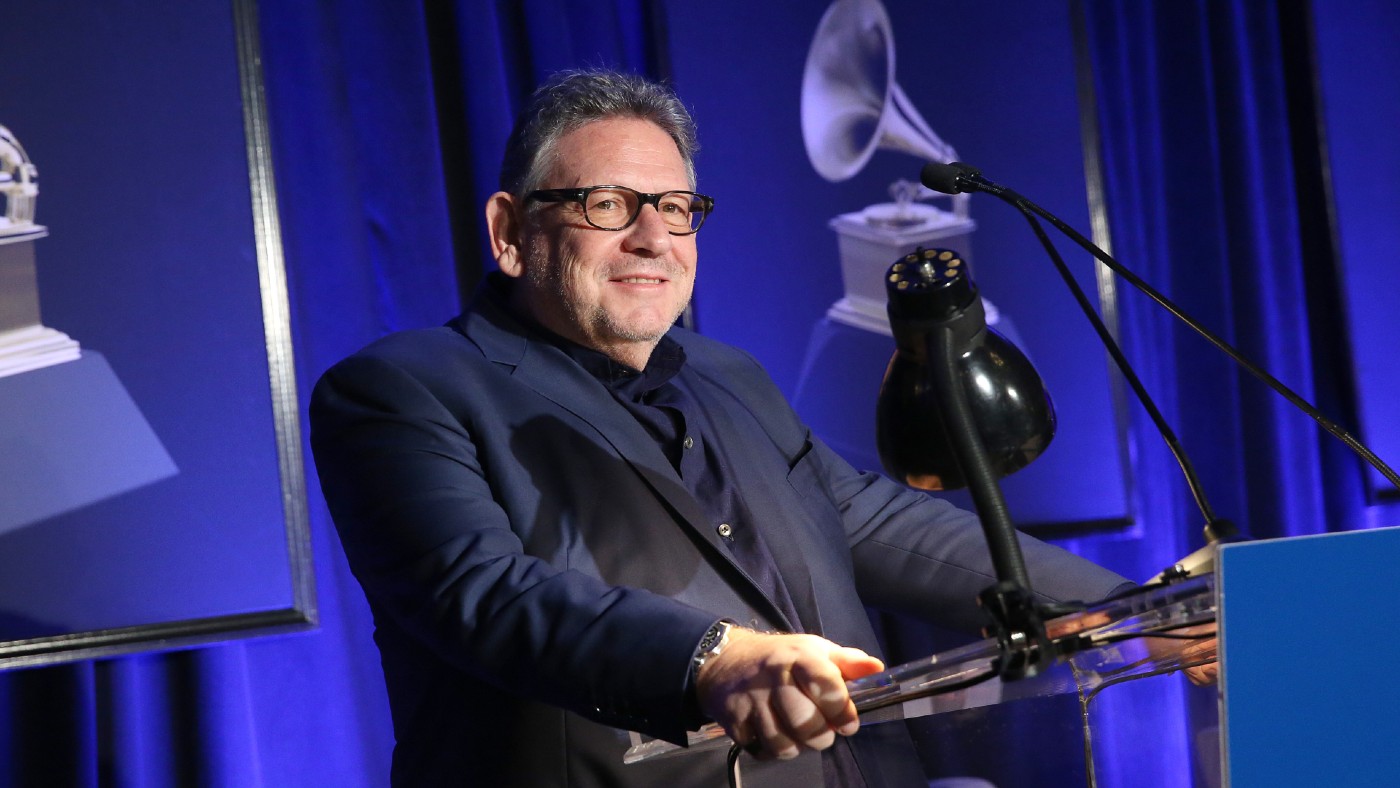 Universal Music’s blockbuster listing: don’t stop me now…
Universal Music’s blockbuster listing: don’t stop me now…Speed Read Investors are betting heavily that the ‘boom in music streaming’, which has transformed Universal’s fortunes, ‘still has a long way to go’
-
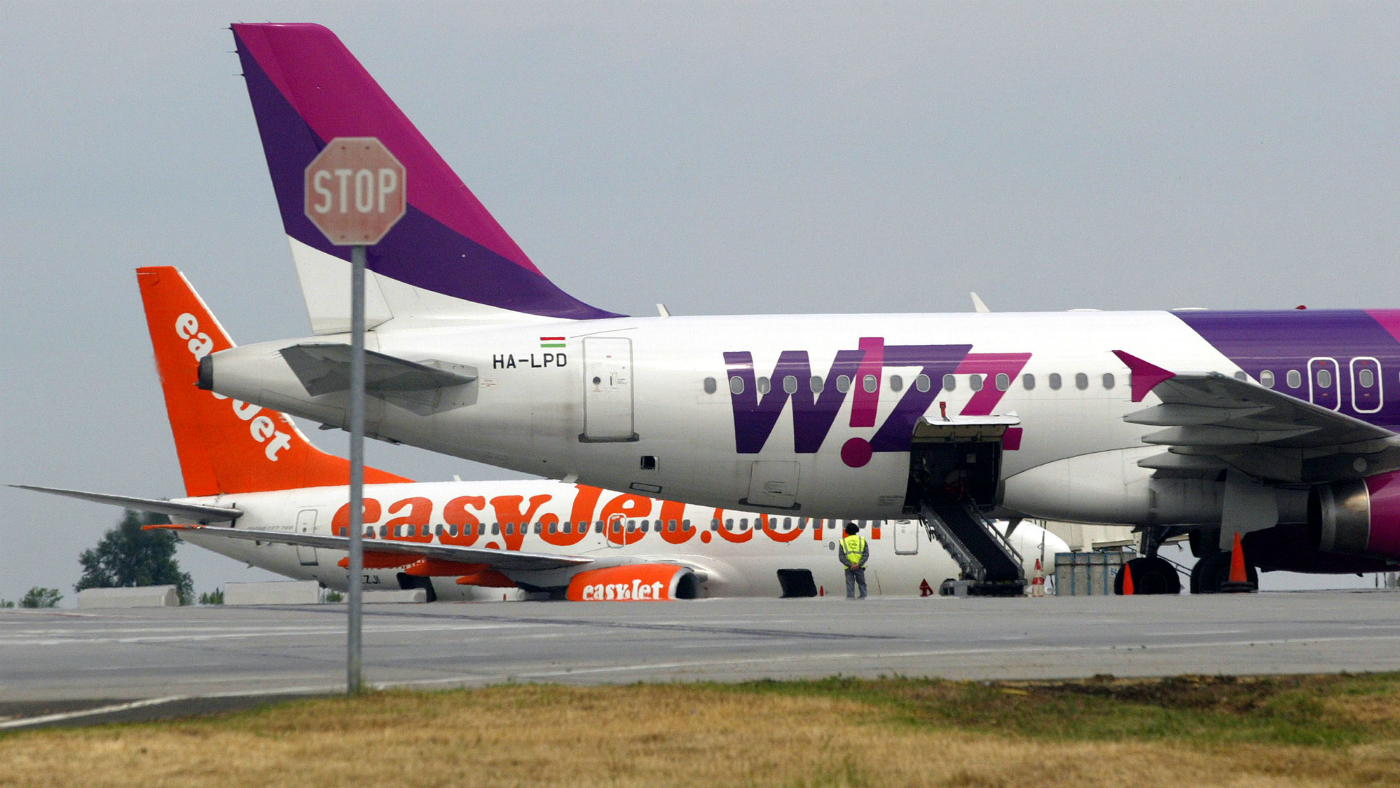 EasyJet/Wizz: battle for air supremacy
EasyJet/Wizz: battle for air supremacySpeed Read ‘Wizz’s cheeky takeover bid will have come as a blow to the corporate ego’